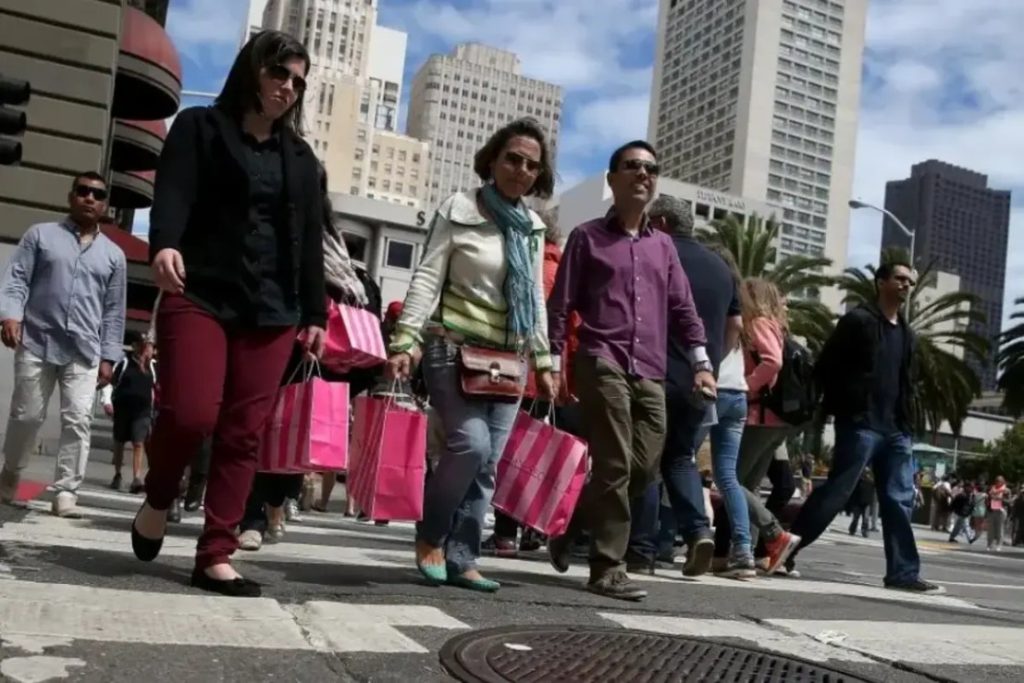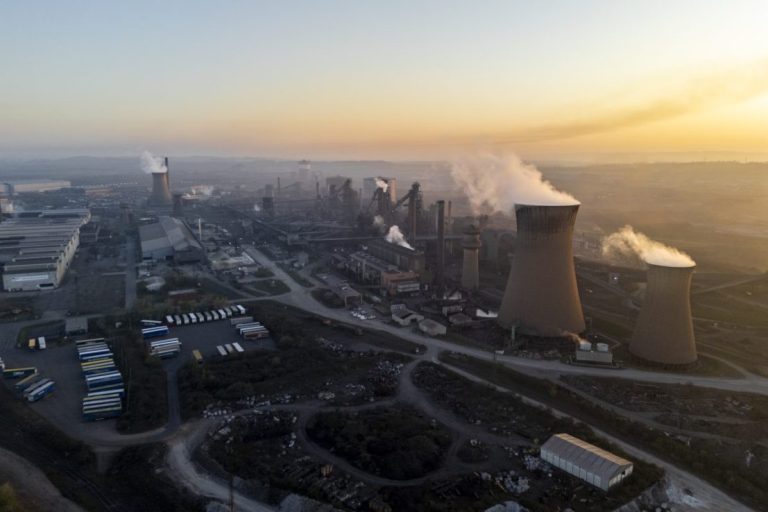
In March, consumers continued to enjoy lower shop prices, thanks to ongoing deflationary trends. However, this respite may be short-lived, as a retail body has cautioned that inflation looms on the horizon. Retail prices have been experiencing deflation since August 2024, largely due to aggressive discounting by non-food retailers. According to the British Retail Consortium (BRC), shop price deflation was recorded at 0.4 percent year on year in March, a slight improvement from February’s decline of 0.7 percent, and above the three-month average of minus 0.6 percent.
Non-Food vs. Food Price Trends
The BRC’s data reveals a more complex picture, with non-food deflation sitting at 1.9 percent, while food prices witnessed a rise of 2.4 percent in the year leading up to March. This dichotomy highlights divergent pricing pressures within the retail sector, with food inflation partly driven by supply chain issues and increased commodity prices.
Retailers Under Pressure
Helen Dickinson, Chief Executive of the BRC, underscores the challenge retailers face, noting that deflation has been propelled by weakened consumer demand. While retailers are actively working to shield customers from the mounting cost pressures affecting the industry, Dickinson warns that these efforts might soon wane.
« Retailers continue to do all they can to protect customers from the cost pressures bearing down on the industry, » Dickinson stated. However, she anticipates inflation will make a resurgence in the coming months as cost pressures become harder to absorb.
Impact of Policy Changes
The recent UK Budget introduces significant additional costs to retailers, which are poised to impact prices later this week. Together with upcoming new packaging taxes expected later this year, these changes will add an estimated £7 billion in costs for retailers.
In light of these developments, Dickinson emphasizes the importance of careful consideration in implementing the Employment Rights Bill and business rates reform to avoid further inflating costs and complicating the regulatory environment. Such measures, if not handled cautiously, could lead to increased operational expenses for businesses.
Economic Indicators
Overall, the UK’s economic inflation rate was recorded at 2.8 percent in February. This influenced the Bank of England’s decision to hold interest rates steady at 4.5 percent in March. However, analysts are predicting two potential rate cuts by the Bank later in 2025, which could offer some financial relief. These cuts might ease the borrowing costs for retailers and stimulate consumer spending.
Looking Ahead
Mike Watkins, Head of Business Insight at NielsenIQ, suggests that prices might remain stable or even lower through Easter, thanks to high street competition and seasonal promotions aimed at attracting hesitant shoppers. Watkins notes that retailers might need to implement targeted price cuts to encourage footfall as Easter approaches.
The interplay between these various factors will determine whether consumers experience a reprieve from rising costs or must brace for increased prices. As the retail landscape continues to navigate economic shifts, the actions of both policymakers and retailers will play crucial roles in shaping the path ahead.




